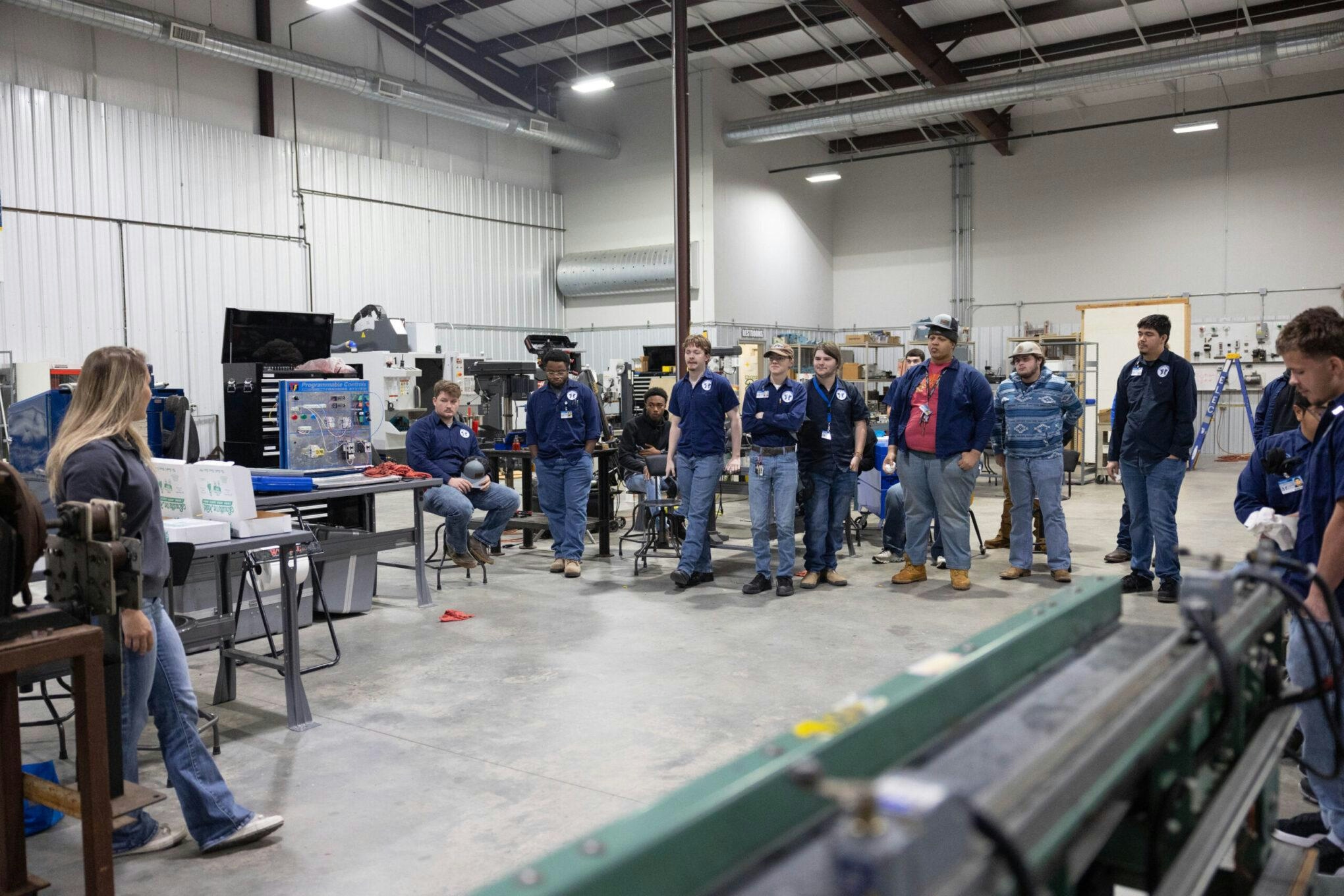
AeroGenie — Your Intelligent Copilot.
Trending
Categories
Boeing Faces Legal Dispute with Irish Leasing Unit of Russia’s VEB
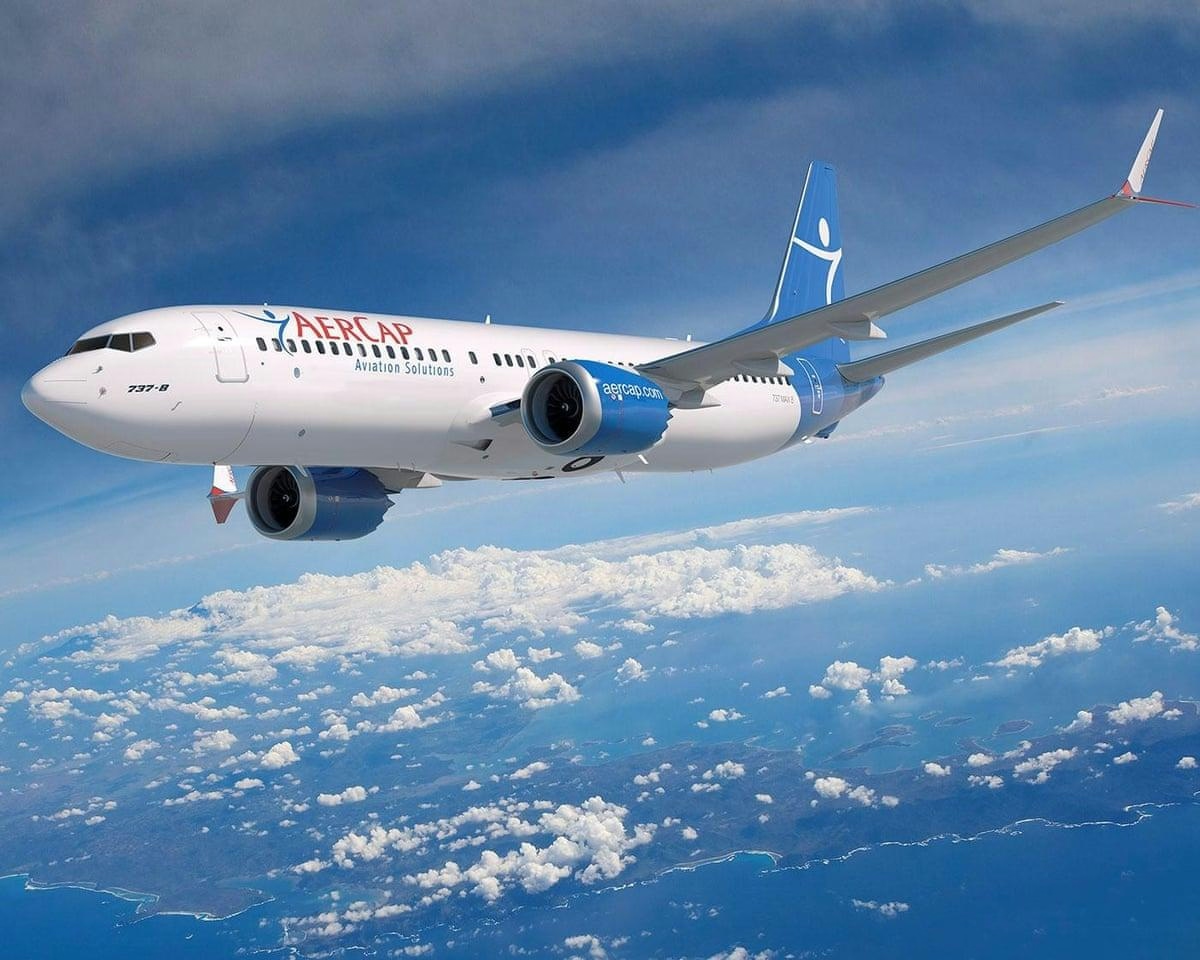
Boeing Faces Legal Dispute with Irish Leasing Unit of Russia’s VEB
Boeing is currently engaged in a protracted legal dispute with Timaero Ireland Limited, an aircraft leasing company established in Ireland by Russia’s state-owned VEB bank, which remains subject to Western sanctions. The US aerospace giant has accused Timaero of demonstrating a “total disregard” for cooperation during discovery and depositions, intensifying tensions in a case that has been active in US courts since 2019.
Origins and Context of the Dispute
The conflict traces back to the aftermath of the Lion Air and Ethiopian Airlines crashes, tragedies that severely damaged Boeing’s reputation and led to the worldwide grounding of the 737 Max fleet. These incidents not only caused significant delays in aircraft deliveries but also subjected Boeing to heightened regulatory scrutiny and public criticism. The legal battle with Timaero emerges against this backdrop of reputational damage and operational challenges.
Implications for Boeing and the Aviation Market
This litigation arrives at a particularly vulnerable moment for Boeing. The company’s market position is under considerable strain, and the ongoing legal proceedings risk financial losses while potentially undermining investor confidence. Market analysts caution that adverse developments in the dispute could precipitate a decline in Boeing’s stock price, exacerbating the company’s recent difficulties.
Competitors are closely observing the situation, with Airbus positioned to capitalize on Boeing’s challenges. The European manufacturer recently overtook the Boeing 737 as the most-delivered aircraft in history, and any further setbacks for Boeing could enable Airbus to strengthen its dominance in the commercial aviation sector.
Beyond the immediate financial and reputational risks, the legal proceedings threaten to divert Boeing’s resources and management focus away from its core business operations. This distraction may impair the company’s ability to respond effectively to competitive pressures and maintain its standing in an industry undergoing rapid transformation.
As the case unfolds, industry observers will be attentive to its ramifications not only for Boeing’s legal position but also for its broader strategic outlook and capacity to compete with rivals such as Airbus.
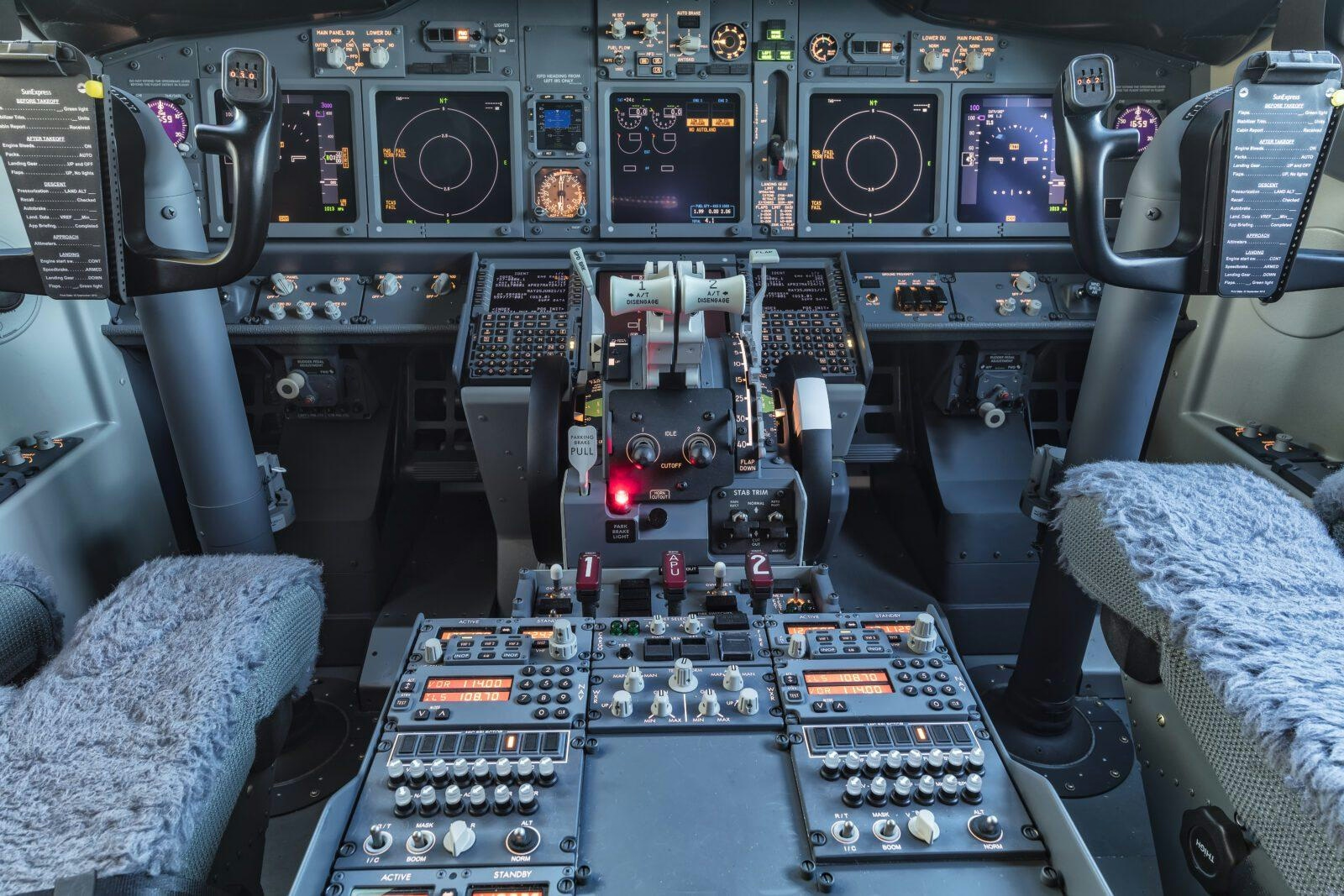
Investigators Examine Theory That Cockpit Sun Visor Caused Boeing 737 Engine Shutdown After Takeoff

Comparing the Fuselage Lengths of the Airbus A350-1000 and Boeing 787-10
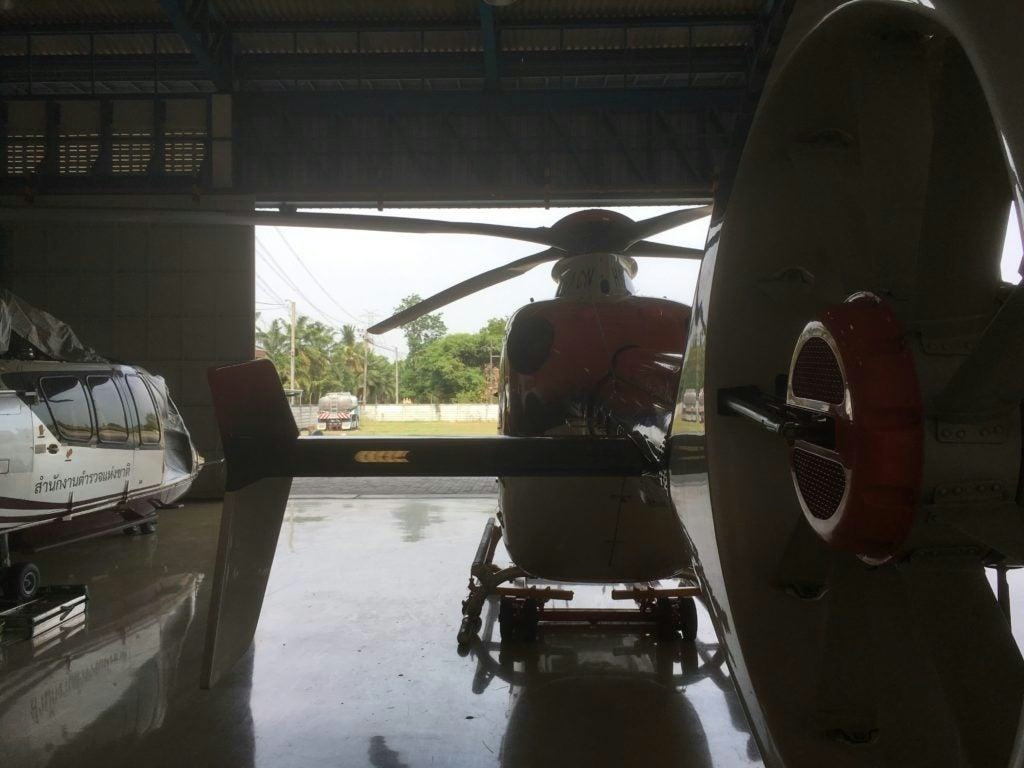
Thailand Establishes U-Tapao Aircraft MRO Center Contract for January 2026
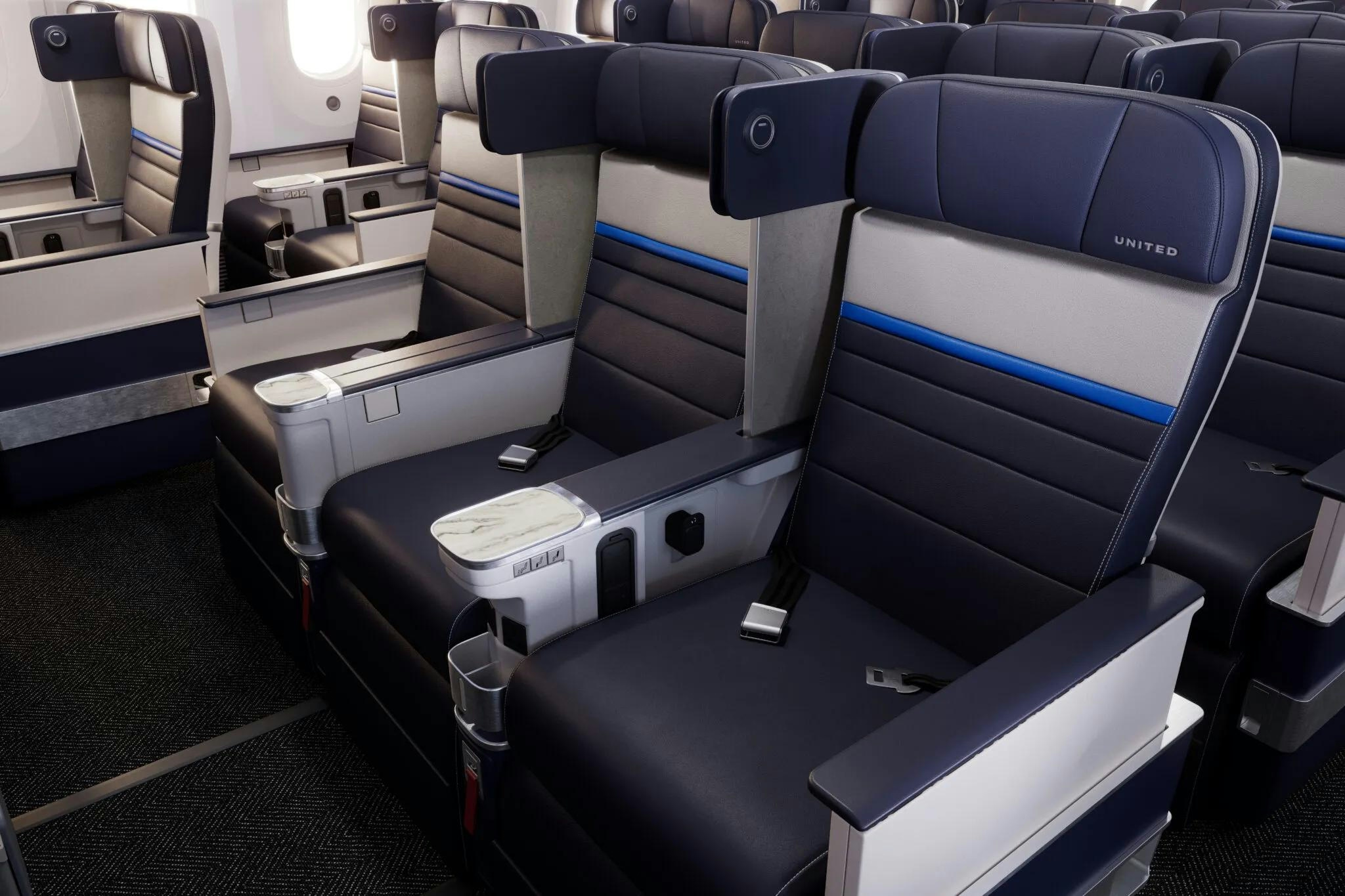
United Airlines Announces Routes for New Premium Boeing 787s
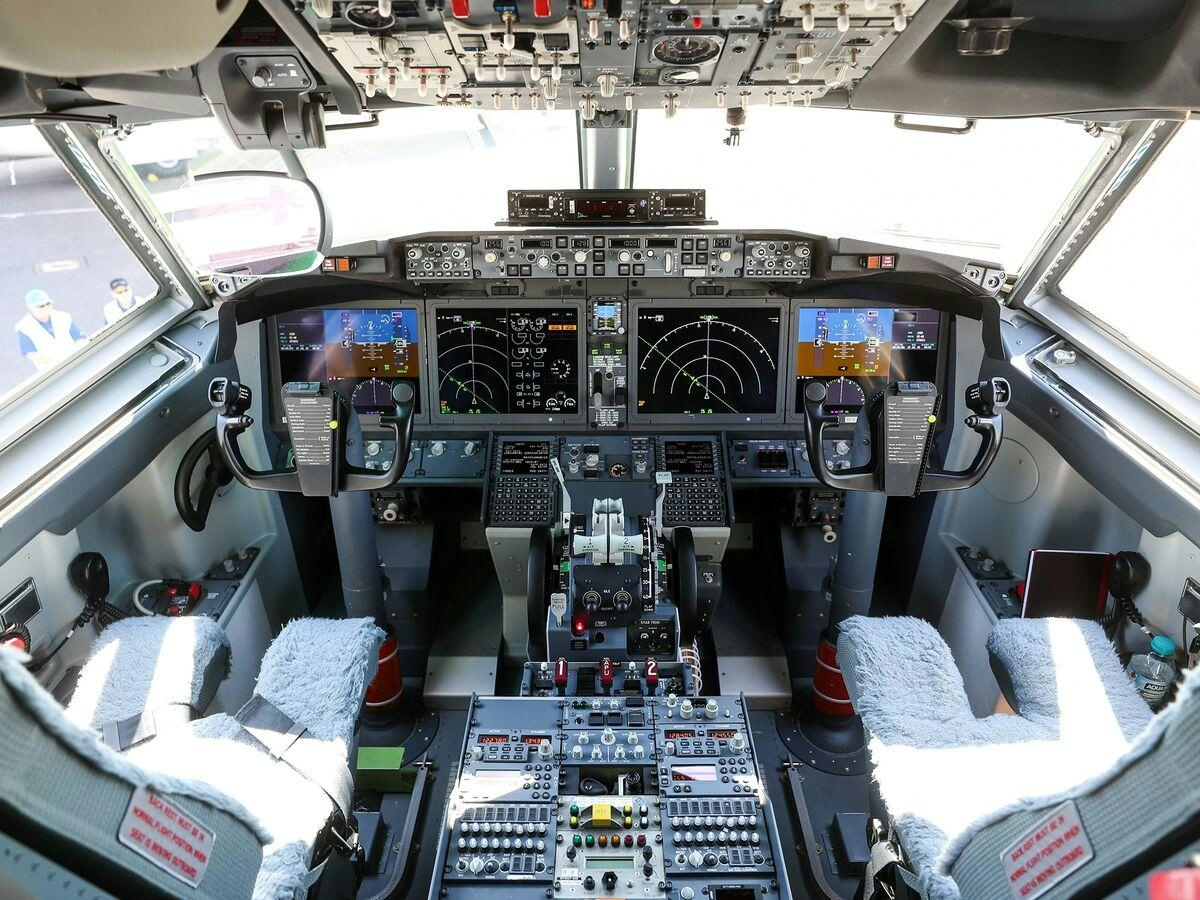
Boeing Introduces Remote Co-Pilot Technology
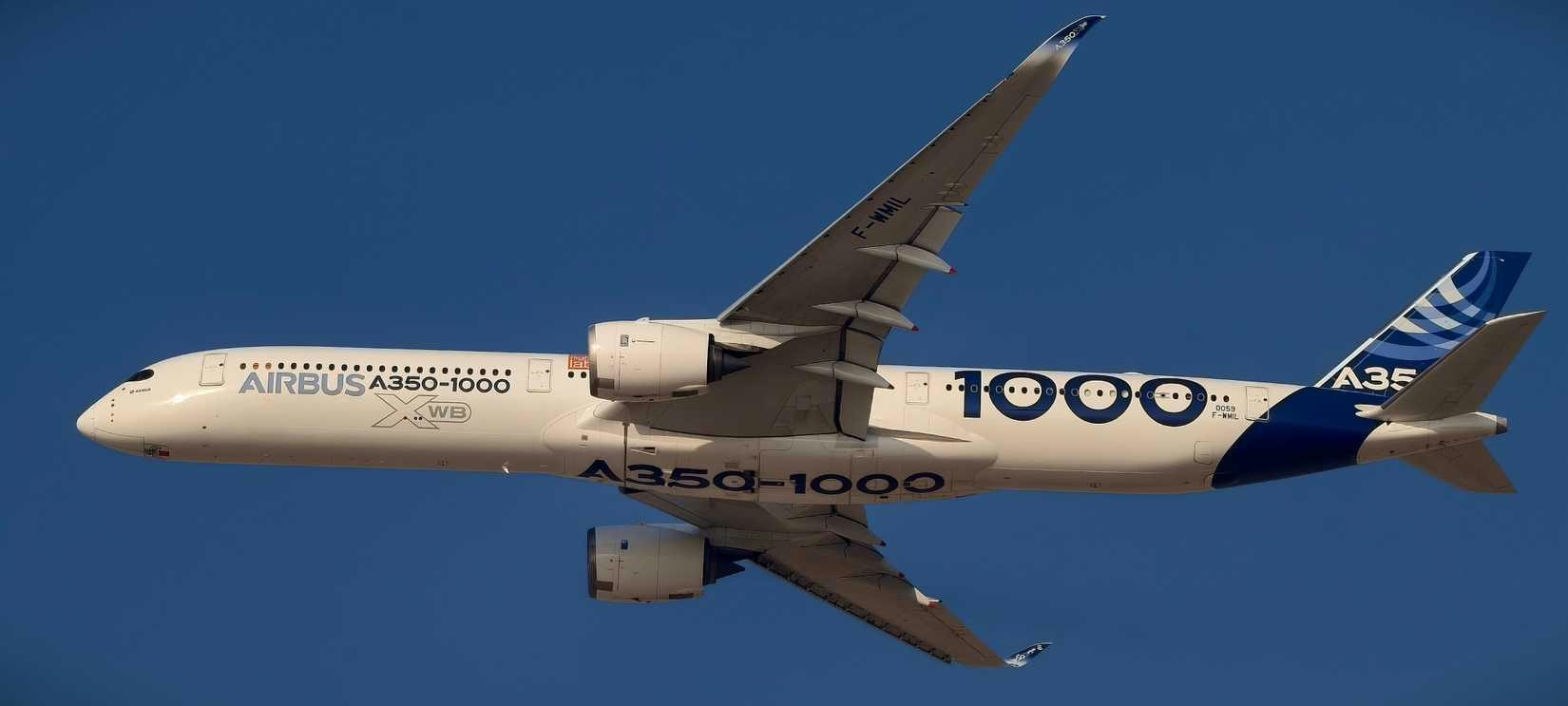
The Airbus A350-1000’s Fuel Efficiency Advantage Explained
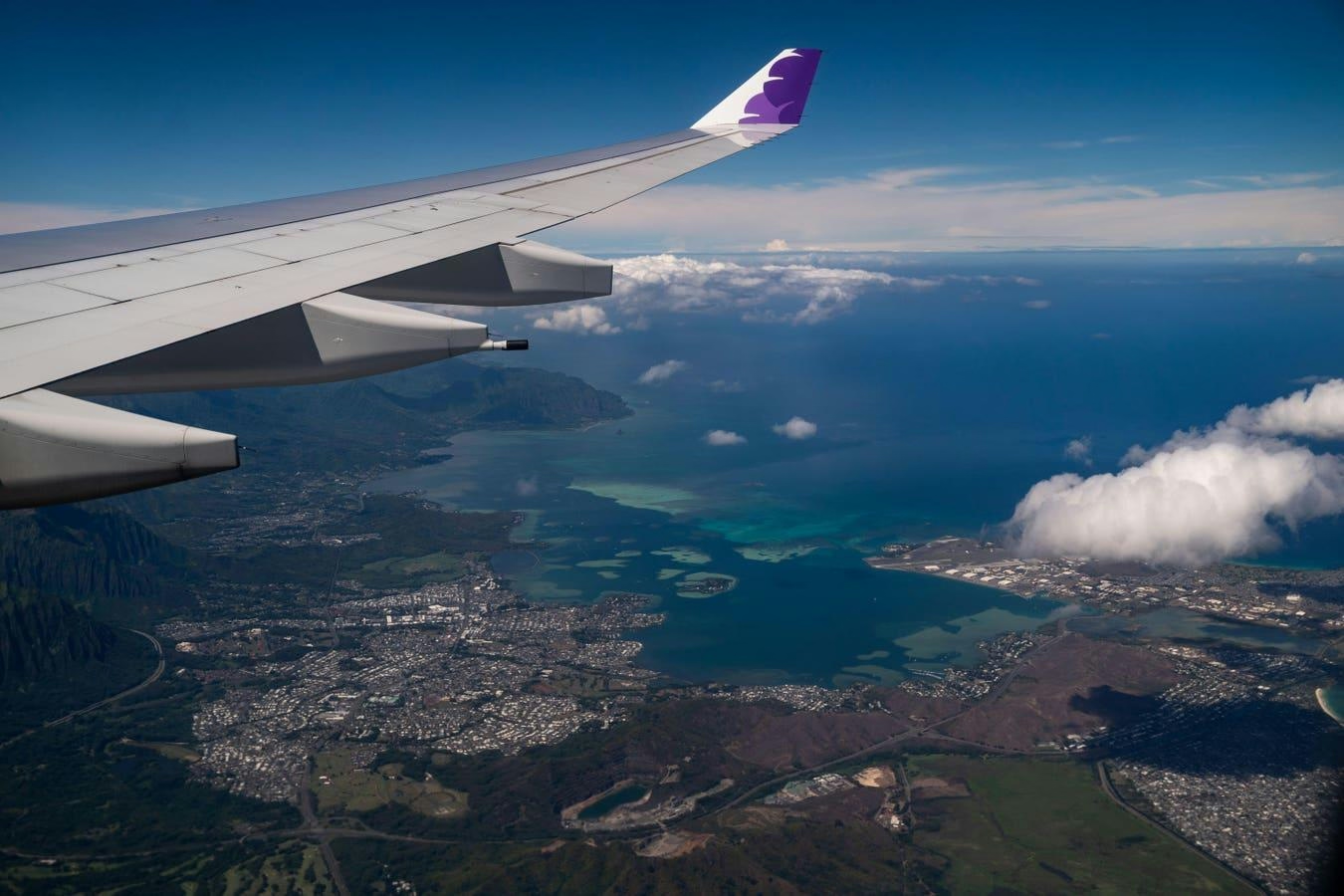
McNally Capital Expands Aviation Operations to Support Global Tourism

Two Young Climbers Begin Winter Ascent of McKinley

Elroy Air’s Autonomous Chaparral Delivers Lunch on A-to-B Flight
